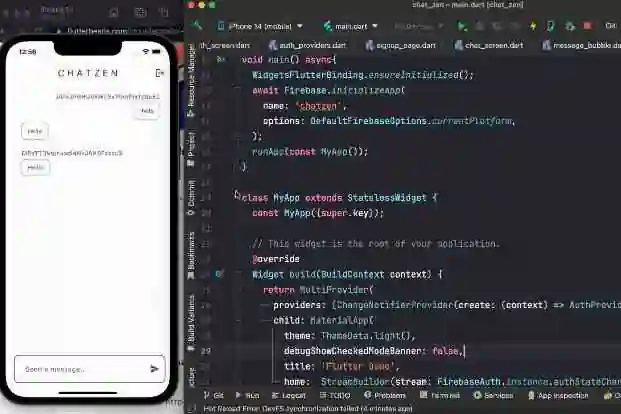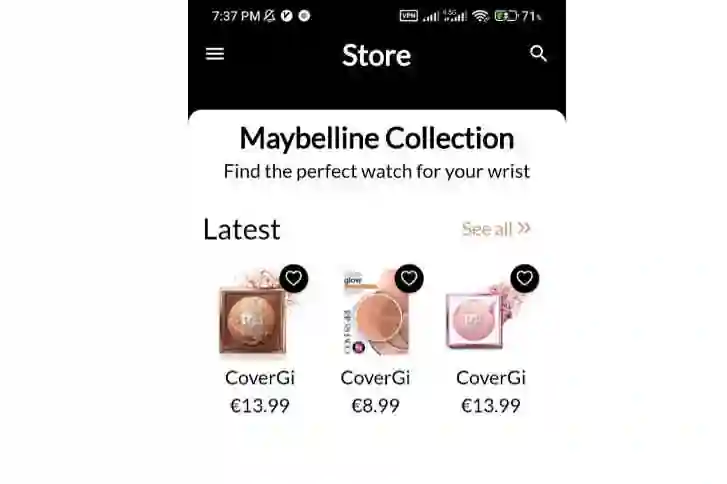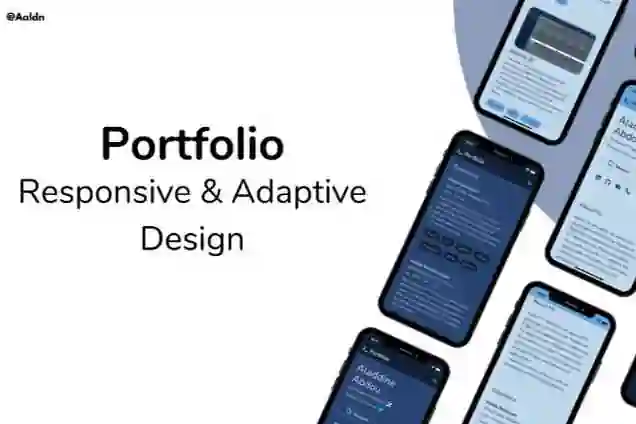What is Flutter ?
Flutter is an open-source mobile application development framework created by Google. It was first introduced in 2017 and has since gained popularity among developers due to its fast development cycle, flexible UI customization, and native performance across multiple platforms.
Flutter allows developers to write a single codebase for both iOS and Android applications, saving development time and costs. It uses the Dart programming language, which was also developed by Google, and includes a rich set of pre-built widgets for building beautiful and responsive user interfaces. Flutter's "hot reload" feature allows developers to make changes to the code and see the results instantly on the app, making the development process faster and more efficient.
In addition to mobile app development, Flutter can also be used for building desktop and web applications, making it a versatile and powerful development tool.
Advantages of using Flutter
There are several advantages of using Flutter for mobile app development:
- Fast development cycle: Flutter's "hot reload" feature allows developers to make changes to the code and see the results instantly, which speeds up the development cycle and reduces development time.
- Native performance: Flutter's architecture allows it to compile code directly into native machine code, resulting in better app performance and faster execution times.
- Customizable widgets: Flutter comes with a rich set of customizable widgets that allow developers to create beautiful and responsive user interfaces quickly and easily.
- Cross-platform development: With Flutter, developers can write a single codebase that works on both iOS and Android platforms, which saves development time and reduces costs.
- Access to native features: Flutter provides access to native device features like camera, GPS, and sensors, allowing developers to build apps with rich functionality.
- Strong community support: Flutter has a strong and growing community of developers who contribute to the framework, provide support, and create helpful resources.
Overall, Flutter offers developers a fast, efficient, and flexible way to build high-quality mobile applications with native performance across multiple platforms.
Disadvantages of using Flutter
While Flutter has many advantages, there are also some potential disadvantages that developers should consider:
- Learning curve: Developers who are not familiar with the Dart programming language or the Flutter framework may experience a steep learning curve, which could increase development time and costs.
- Limited third-party libraries: Flutter's library ecosystem is still growing and may not have as many third-party libraries as other more established platforms, which could limit the functionality of the apps being developed.
- Large app size: Flutter apps can have larger file sizes compared to other platforms, which could affect app download and installation times, especially for users with slow internet connections.
- Limited support for older devices: Flutter's performance optimizations are designed for newer devices, which may not perform as well on older devices, limiting the potential audience for the apps.
- Limited support for certain features: While Flutter offers access to many native device features, there may be some features that are not yet fully supported or require additional work to implement.
It's important to note that many of these potential disadvantages can be mitigated with careful planning, development, and testing. Developers should evaluate their specific needs and requirements before deciding whether Flutter is the right choice for their app development projects.
To create a Flutter project:
To create a Flutter project, you can follow these steps:
1.Install Flutter: First, you need to install Flutter on your machine. You can follow the official installation guide for your operating system: https://flutter.dev/docs/get-started/install
2.Set up your development environment: After installing Flutter, you need to set up your development environment. This involves installing Android Studio or Visual Studio Code, and configuring your editor to work with Flutter. You can find more information in the Flutter documentation: https://flutter.dev/docs/get-started/editor.
3.Create a new Flutter project: Once your development environment is set up, you can create a new Flutter project using the following command in your terminal or command prompt:
flutter create my_project
This will create a new Flutter project with the name "my_project" in the current directory.
4.Run the app: After creating the project, you can run the app using the following command:
flutter run
This will launch your app on an emulator or connected device.
5.Start coding: You can now start coding your app using Dart and Flutter. You can find many resources and tutorials online to help you get started with Flutter development.
I hope this helps you get started with creating your first Flutter project!















